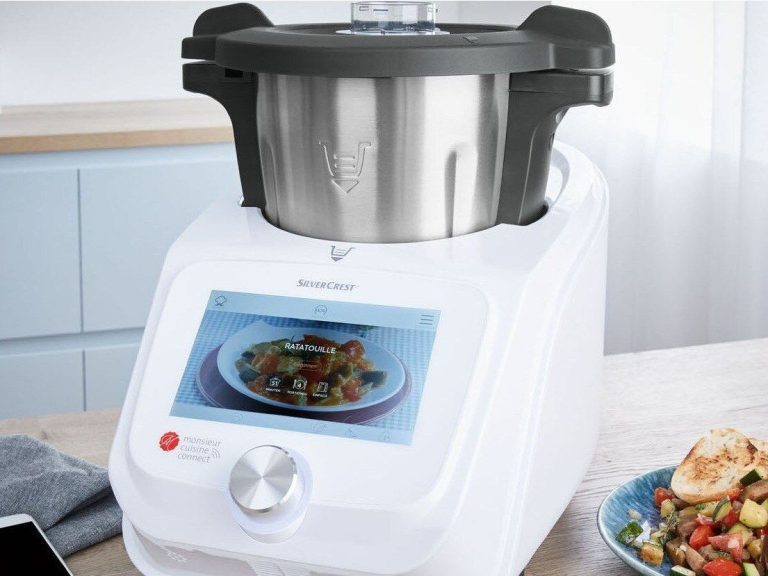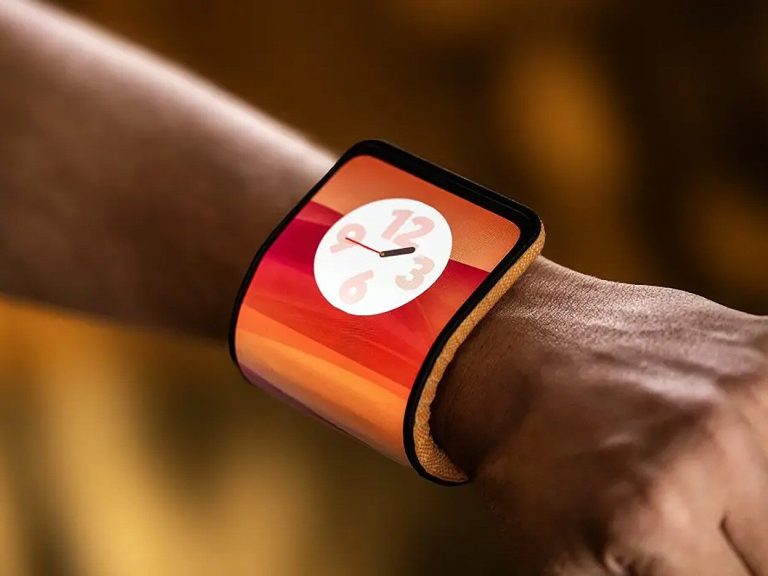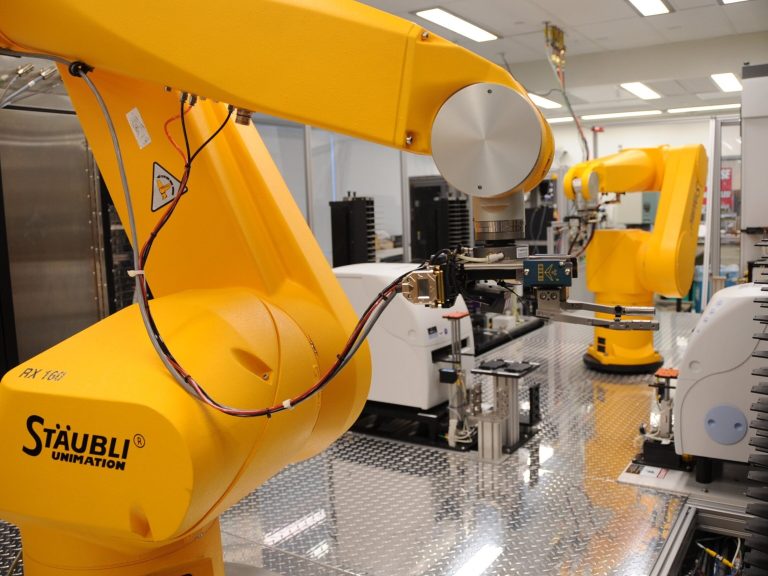Modern technologies have greatly developed this field of medicine. Despite this, patients are still afraid of procedures

Thanks to the dynamic development of diagnostics and monitoring methods, as well as the use of modern equipment, anesthesiology is today one of the safest fields of medicine. Despite this, patients are still often afraid of anesthesia, which makes the stress associated with the planned procedure a great mental burden.
– Anesthesiology is currently on an upward wave of development and this is related to the COVID-19 pandemic and the growing role of the anesthesiologist in the health care system. At the same time, we are also observing progress both in technology and production, in the production of new drugs that improve not only the comfort of an anesthesiologist's work, but also the comfort of treatment, i.e. the comfort of the patient undergoing anesthesia – says Prof. Ph.D. n. med. Janusz Andres, president of the Polish Society of Anesthesiology and Intensive Care.
According to the statistics of the Supreme Medical Chamber in Poland, there are approximately 7,000. professionally active anesthesiologists who play a key role in hospitals, ensuring continuity of care in the perioperative period, intensive care and other areas where it is necessary to sustain the patient's life. Thanks to the high standards developed in recent decades, anesthesiology is now one of the safest fields of medicine, which has significantly contributed to the decline in mortality in the perioperative period.
– Patients often ask what the difference is between sedation and anesthesia, or more commonly known as anesthesia – says Prof. Ph.D. n. med. Janusz Andres. – It can be said that this is the degree of exclusion of the patient's consciousness and respiratory function. General anesthesia means that we turn off this awareness completely. The drugs we use in this case paralyze the respiratory center, therefore the anesthesiologist must protect the patient's breathing with equipment and at the same time monitor his vital functions during the procedure. In turn, sedative drugs allow the patient to remain conscious, eliminate pain, cause amnesia, such as retrograde amnesia, but do not disturb the basic functions of breathing and consciousness, provide the patient with comfort and leave his physiological parameters within normal limits.
– Sedation can be used in virtually any diagnostic or therapeutic procedure. Let's imagine, for example, an MRI, a very unpleasant examination for the patient – especially for one who is claustrophobic, so he will be the beneficiary of sedation in this case. Let us also imagine, for example, endoscopic procedures: colonoscopy or bronchoscopy – here sedation will also be beneficial for the patient, as in the case of fracture reduction, changing a painful dressing, incising an abscess or removing a skin lesion. There is a whole, long list of these procedures, and in almost every surgical specialty there is a place where sedation is needed – adds Prof. Ph.D. n. med. Łukasz Krzych, head of the Department and Department of Emergency Medicine at the Medical University of Silesia.
Anesthesiology currently uses a variety of equipment and drugs. Significant progress has been made, among others: in the field of therapy maintaining organ functions, and recent years have also brought increased availability of modern equipment and drugs used in intensive care. Guidelines have been introduced, international cooperation in this area has been developed, and procedures have been developed to enable anesthesia and treatment of patients even in extreme disease states. This progress now allows for the effective treatment of cases that a dozen or so years ago were considered untreatable.






